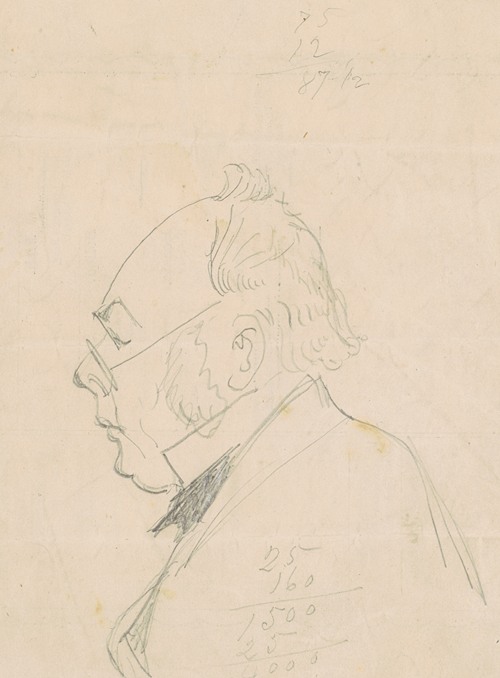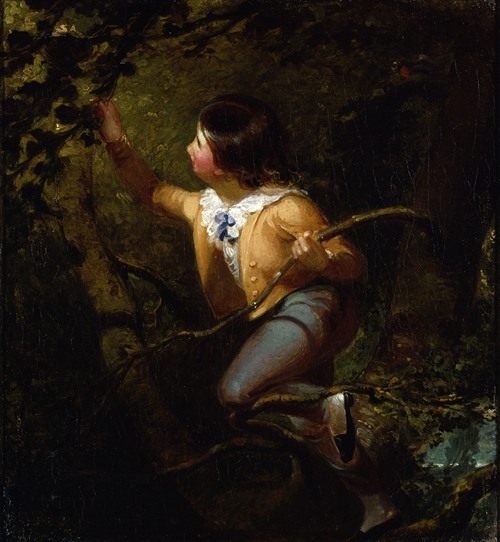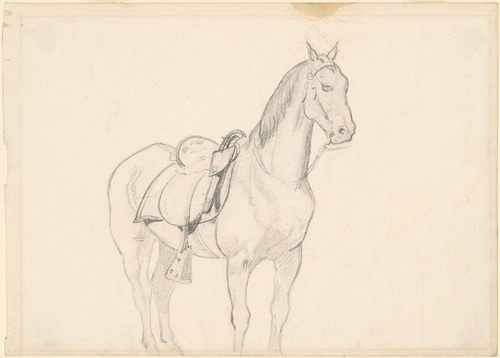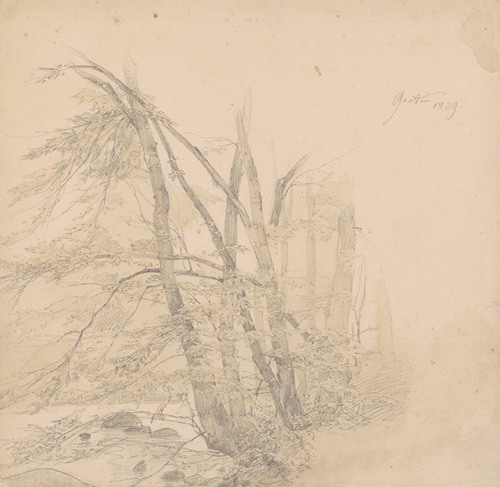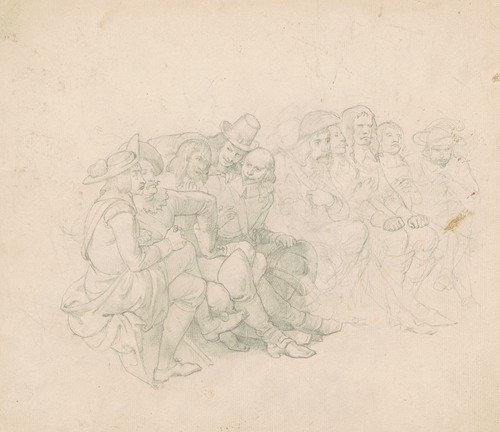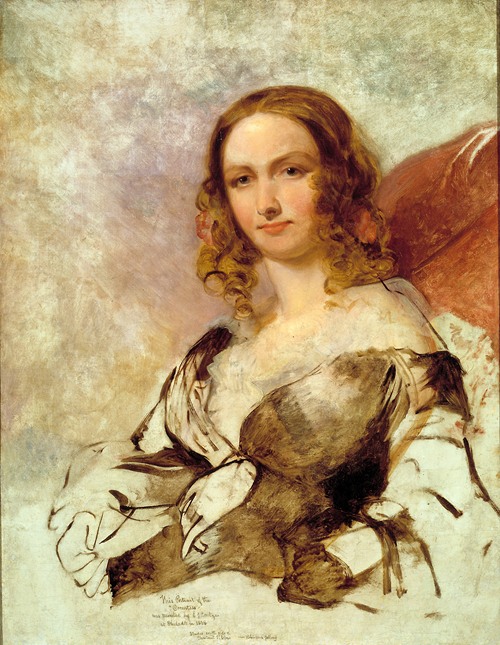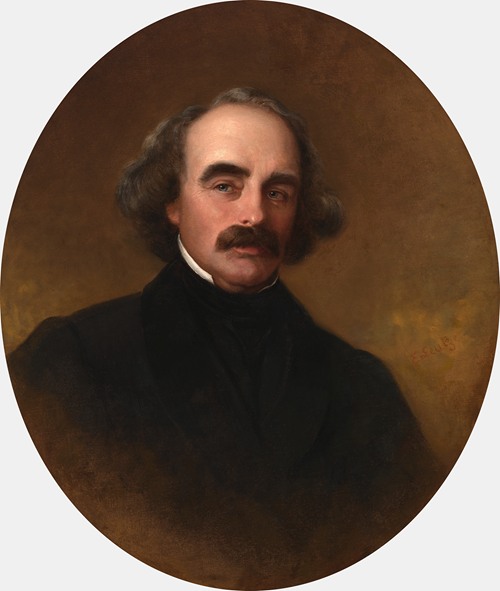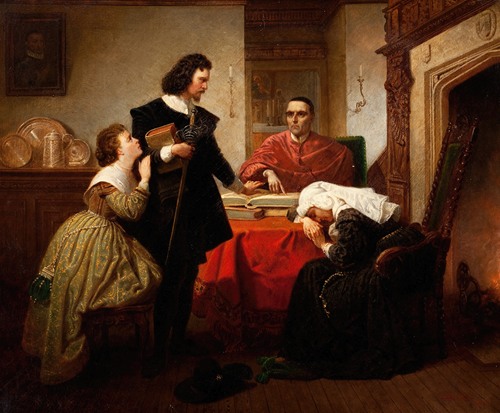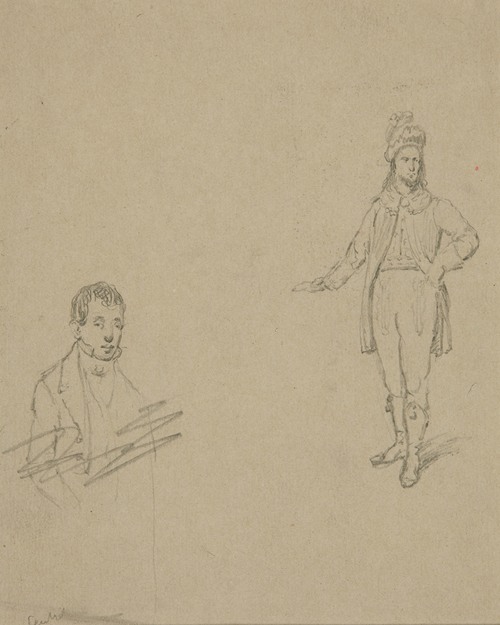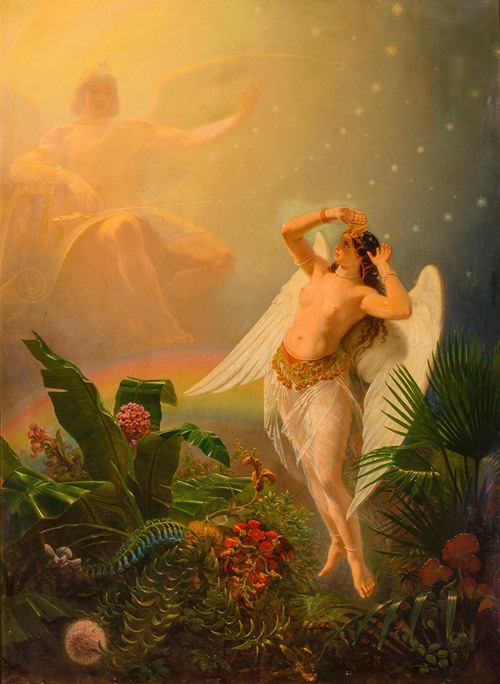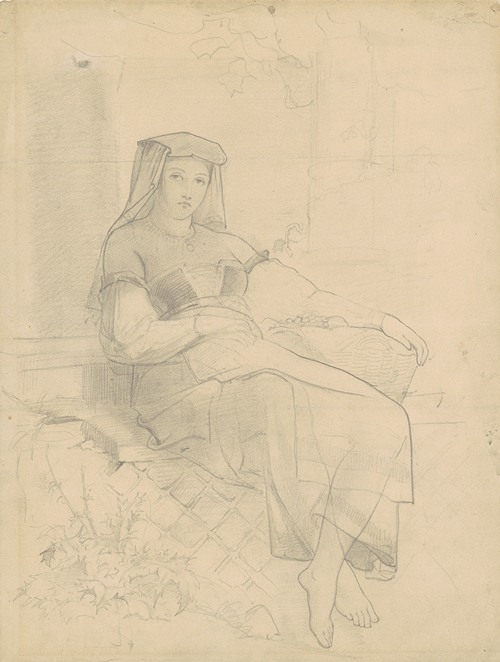
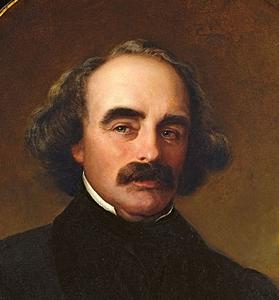
Emanuel Gottlieb Leutze was a German American history painter best known for his 1851 painting Washington Crossing the Delaware. He is associated with the Düsseldorf school of painting.
Leutze was born in Schwäbisch Gmünd, Württemberg, Germany, and was brought to the United States as a child in 1825. His parents settled first in Fredericksburg, Virginia, and then at Philadelphia. The first development of his artistic talent occurred while he was attending the sickbed of his father, when he attempted drawing to occupy the long hours of waiting. His father died in 1831. At 14, he was painting portraits for $5 apiece. Through such work, he supported himself after the death of his father. In 1834, he received his first instruction in art at the classes of John Rubens Smith, a portrait painter in Philadelphia. He soon became skilled, and promoted a plan for publishing, in Washington, portraits of eminent American statesmen; however, he was met with slight encouragement.
A strong supporter of Europe's Revolutions of 1848, Leutze decided to paint an image that would encourage Europe's liberal reformers with the example of the American Revolution. Using American tourists and art students as models and assistants, Leutze finished a first version of Washington Crossing the Delaware in 1850. Just after it was completed, the first version was damaged by fire in his studio, subsequently restored, and acquired by the Kunsthalle Bremen. On September 5, 1942, during World War II, it was destroyed in a bombing raid by the Allied forces. The second painting, a replica of the first, only larger, was ordered in 1850 by the Parisian art trader Adolphe Goupil for his New York branch and placed on exhibition on Broadway in October 1851. It is now owned by the Metropolitan Museum of Art in New York.
Late in life, he became a member of the National Academy of Design. He was also a member of the Union League Club of New York, which has a number of his paintings. At age 52, he died in Washington, D.C. of heat stroke. He was interred at Glenwood Cemetery. At the time of his death, a painting, The Emancipation of the Slaves, was in preparation.
Leutze's portraits are known for their artistic quality and their patriotic romanticism. Washington Crossing the Delaware firmly ranks among the American national iconography.

